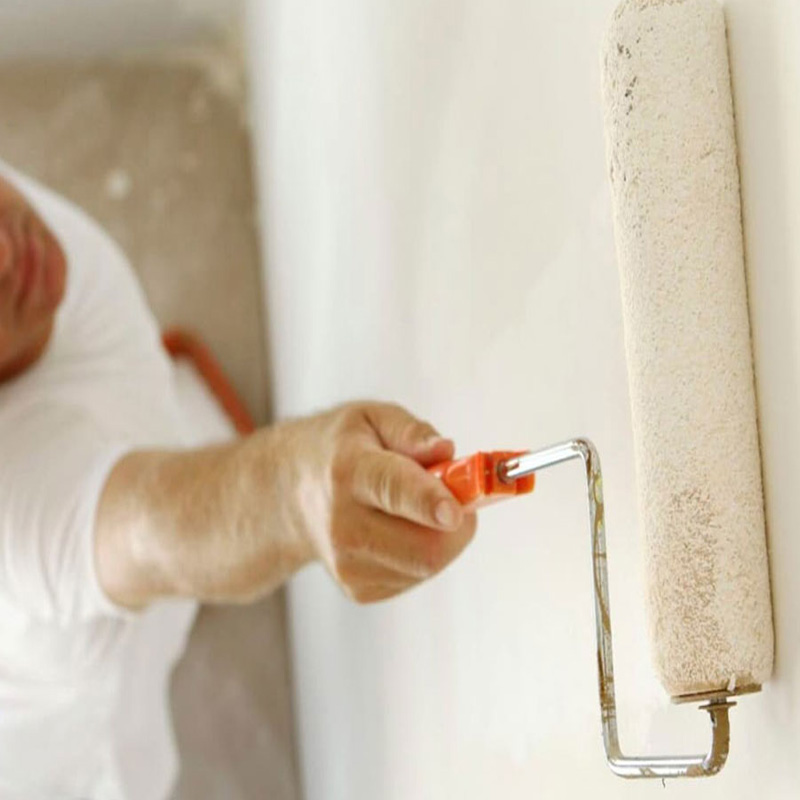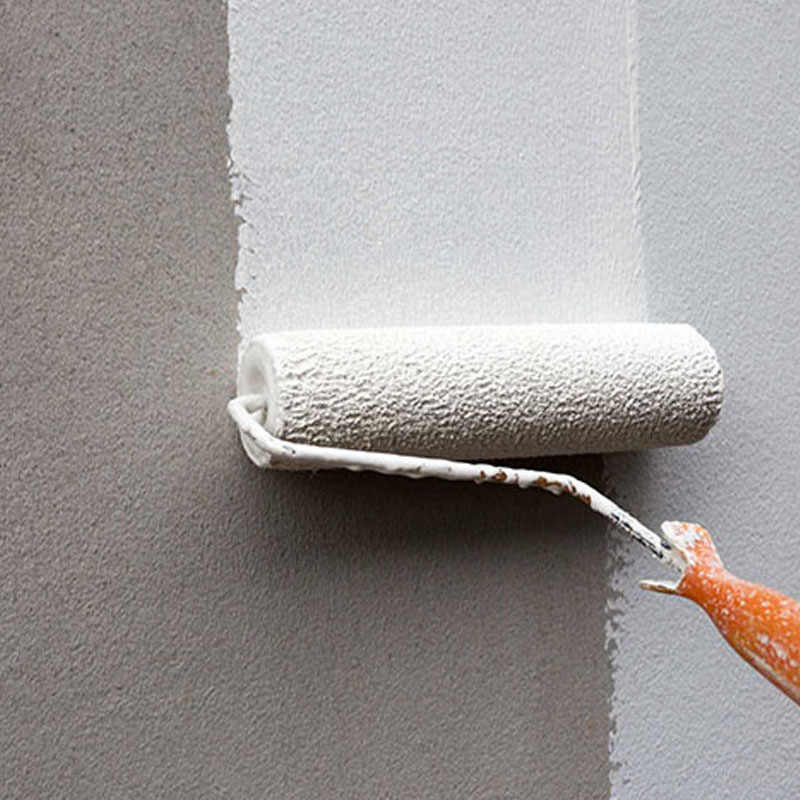
Orange peel texture or dun dun in roller painting is a common problem that can occur when applying paint to surfaces using a roller. This texture is like the surface of an orange peel, which has an uneven surface. A variety of reasons can contribute to orange peel texture, and understanding these factors is critical to achieving a smooth, professional finish.
One of the important factors in creating the orange peel texture is the improper selection of the coloring roller. Rollers that have a thick coating or soft coating may add extra color to the surface and result in a thicker layer resulting in an orange peel texture. On the other hand, using a roller with low softness can cause the paint to not spread properly on the surface and create a stained appearance.
Inadequate or inconsistent pressure during roller use can contribute to the development of orange peel texture. Irregular pressure causes a change in the thickness of the paint layer and creates an uneven surface. It is essential to maintain constant pressure and regular movement of the roller for uniform performance. Avoid irregular movements and drag the roller handle evenly from one corner of the wall to another from top to bottom and vice versa. These principles apply to painting with any type of paint, including oil and acrylic paints.
Improper dilution of the paint is also one of the reasons for the paint falling off with the roller. The viscosity of the paint has a great effect on the final result. If the paint is too thick, it may not spread evenly and create an orange peel texture. Conversely, too thin paint may cause sag or drip and create an uneven surface. It is essential to follow the manufacturer’s recommended proportions for thinning the paint. Oil paints are usually thinned with petroleum-based chemical solvents and alcohol, while acrylic paints are thinned with water. 
The temperature and humidity of the environment can affect the drying time of the paint and help create the texture of the orange peel. High temperatures and low humidity can cause the paint to dry quickly and prevent it from being properly leveled. Conversely, low temperatures and high humidity can slow down the drying process and allow the paint to hang and create a porous surface. Using proper ventilation for temperature balance in closed environments can be effective.
Color quality can also affect the development of orange peel texture. Poor quality or expired paints may result in uneven drying and poor adhesion. Investing in high-quality paints that are suitable for the specific surface and application can significantly improve the final result.
Surfaces that are not properly prepared may develop a textured texture. Uneven or uneven surfaces can cause uneven drying of the paint. Preparing the wall surface, including cleaning, sanding and applying primer, is very important. Primers help the paint to be evenly and smoothly placed on the surface. 
If you do not have enough experience in painting the building, it is suggested to leave the responsibility of this work to experienced teams. Experienced people know the ins and outs of choosing the right paint, thinning and correct application and can help reduce problems such as mismatched paint layers.